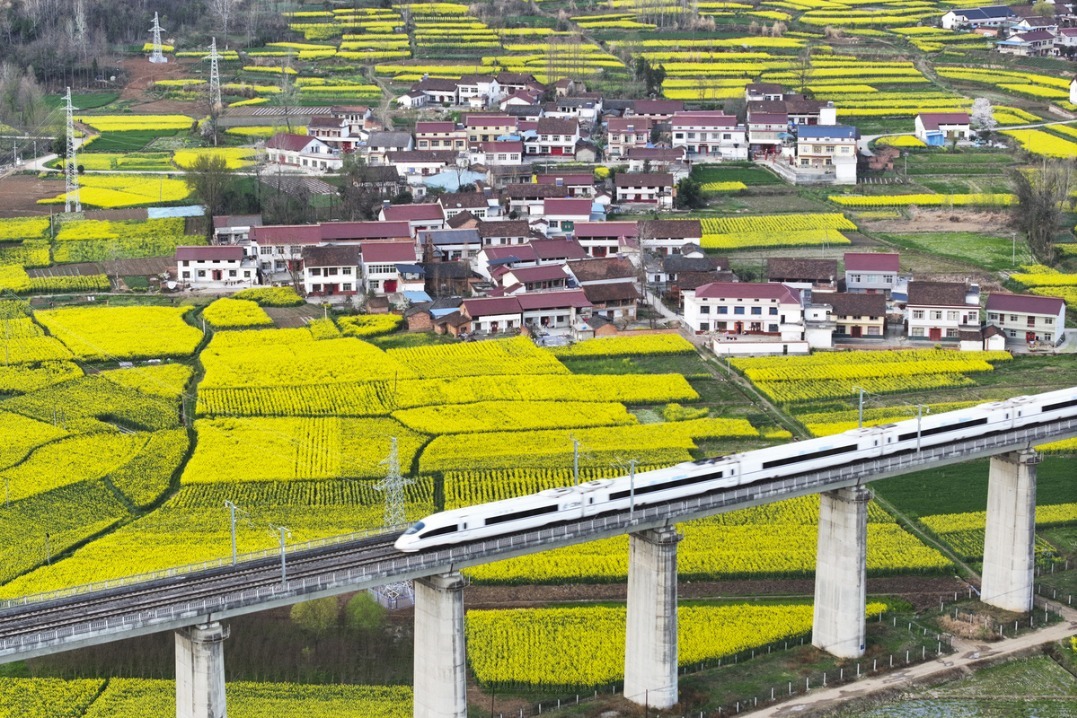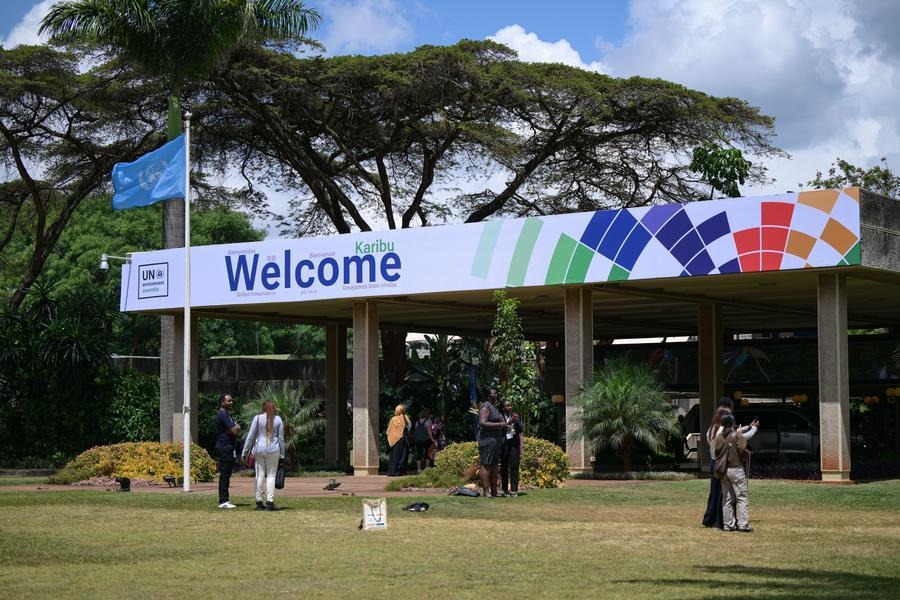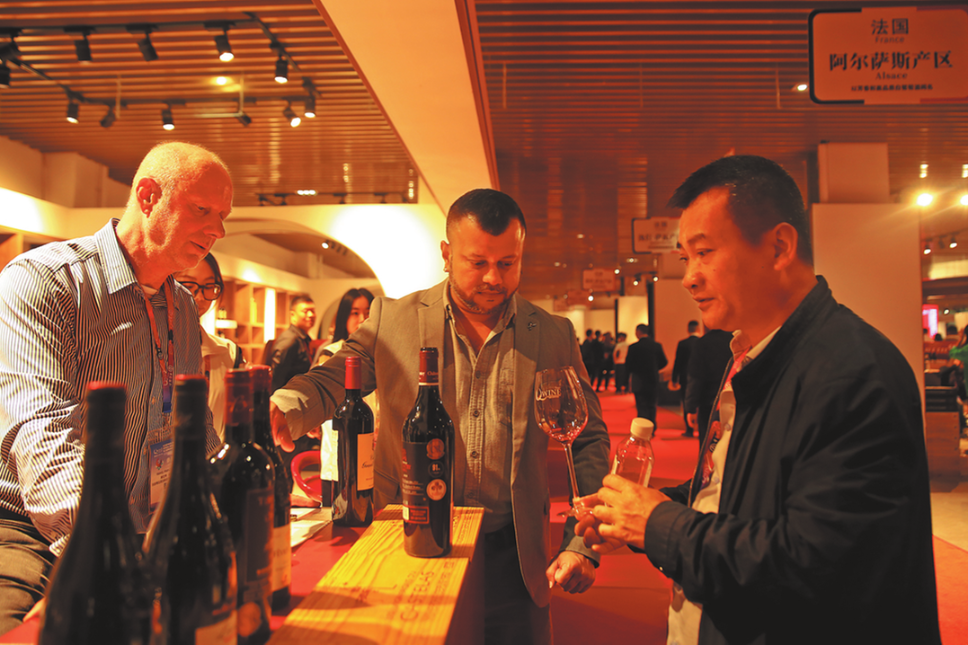Global influences earn island place on Cultural Heritage list
By Wang Kaihao | China Daily | Updated: 2017-07-10 07:57
 |
| The island Kulangsu has been added to the UNESCO World Cultural Heritage list at a conference of the World Heritage Committee on Saturday in Krakow, Poland. [Photo/Xinhua] |
Kulangsu, a small island off the shore of Xiamen, Fujian province, was added to the UNESCO World Cultural Heritage list on Saturday as an early witness to globalization.
The decision was made at the ongoing 41st session of World Heritage Committee in Krakow, Poland, which designated Kulangsu a Historic International Settlement.
Covering a mere 1.88 square kilometers, the island hosted settlements from 13 countries from the end of the First Opium War (1840-42) to the early 20th century.
The committee found that Kulangsu was China's major gateway in early-stage globalization and exhibited mixed architectural characteristics from the local, Southeast Asian and Western styles. It widely reflected cross-border communication.
Today, 931 historical buildings and gardens in various styles remain, most of them former tycoons' residences, overseas companies and public institutions like hospitals. Many pioneers of Chinese modernization were born and left their former residences on Kulangsu, including Lin Qiaozhi, a founder of modern Chinese gynecology, and Ma Yuehan, an icon in Chinese sports education.
"The island has deep traditional Chinese culture roots and inclusiveness to embrace different values and cultures," said Song Xinchao, deputy director of the State Administration of Cultural Heritage.
"It also shows a combination of ancient thought and modern living concepts."
Though some other Chinese coastal cities also have Western-style buildings from recent history, said Liang Yixin, deputy head of the Kulangsu administration committee, Kulangsu has the advantage of being the first to seek World Heritage status for its well-preserved and closely packed architecture on a maritime island, which creates a unique cultural landscape.
Since 2014, preparations have been made for World Heritage status, Liang said. For example, a digital monitoring network was set up at the sites and a special office was opened within his committee for the preservation of cultural relics.
"Kulangsu is not only a scenic spot, but also a community," Liang said. "We've tried to encourage local residents to participate in the protection."
New museums have opened on the island to better present its cultural resources. An abandoned hospital, for example, was renovated to be used as a satellite gallery of Beijing's Palace Museum to display its collections of foreign artifacts.
"The central government will continue to encourage improving the quality of island residents' lives and improving visitors' experiences there," Song said. "An even more beautiful Kulangsu will be presented to the public."
As a popular tourism destination, Kulangsu has had problems with crowding. Song said the daily number of visitors will be capped to comply with crowd-control demands from World Heritage Committee. More measures will follow to better study and preserve historical heritage on the island.
On Friday, Hoh Xil, China's other candidate in the conference in Poland, also was recognized as a World Natural Heritage site. The nature reserve in Qinghai province, 4,500 meters above sea level, is known for its biodiversity and especially its Tibetan antelope.
About 1,600 delegates from 107 countries and 167 international organizations attended the conference, which will continue through July 12. Delegates are judging 35 candidate World Heritage Sites from around the world and also discussing the status and protection of endangered World Heritage Sites in Syria.
China now has 52 World Heritage sites, second only to Italy.
























